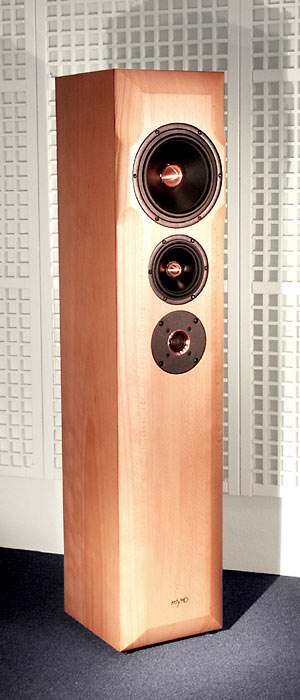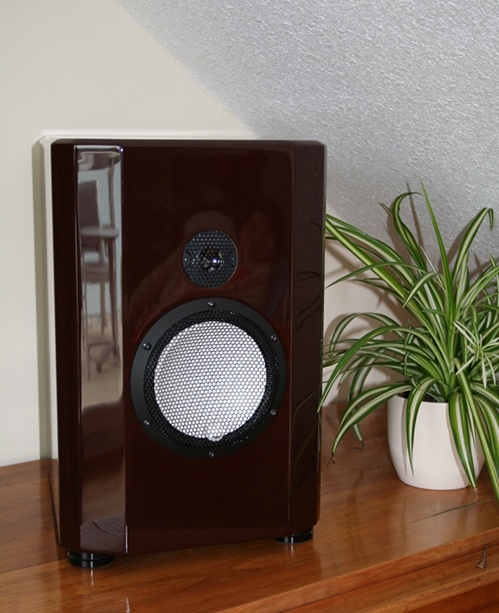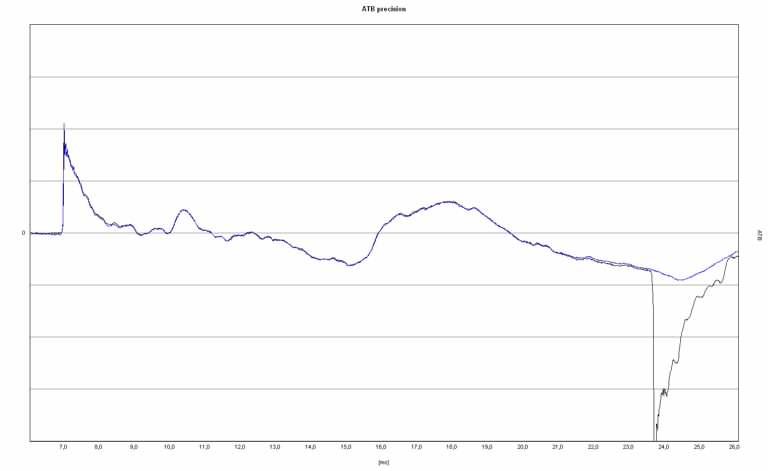What Advantages Does The Oscilloscope Measure Have?
The oscilloscope measurementThe best possible time / signal response is the sole criterion for correct reproduction. The inseparability of time and amplitude alone characterizes the audible. Thus, in the end, only this can be the criterion for the evaluation of loudspeakers. The visualization of the sound waves is done by the oscilloscope. An example: Measurement diagrams are there to give the knowledgeable expert clues to transmission characteristics and serve as a tool for finding faults and their causes. They do not include instructions on how to avoid errors and how to reconstruct the original signal. Only oscilloscope representations show the complex oscillation structure, the sound pressure fluctuations, which also excite our hearing organ. Nevertheless, a phenomenon is usually found in each partial view or in a specific way in each measurement. Example. We see the diaphragm resonance of a midrange driver:
in the waterfall diagram in the decay also as ripple
in the sinusoidal measurement as deformation
However, it is and remains the diaphragm resonance of a midrange driver. If you look at the sound structure of a piece of music on an oscilloscope, you can see that music is essentially a series of transients. The striking thing about transients is that they stick out of the sound mixture like skyscrapers. They are the sound structures that are many times louder, precisely the peaks that cause the masking effects in relation to subsequent sound waves. Myro has been making sound recordings with the oscilloscope for a very long time and has been searching for or developing sound waveforms that are suitable for testing the transducer capability of a loudspeaker while providing the clearest possible information. When switching on different filters, one can see, for example, the change in the temporal expansion of the first half-wave and the amplitude changes corresponding to the filter slope, while the temporal origin remains the same. Strictly speaking, a chassis can only reproduce the first half-wave with the correct frequency at exactly one single frequency! This can be easily verified with oscilloscope measurements. To summarize: |
Can the Fourier transform (FFT) replace oscilloscope measurements?It is often argued that direct measurement of the step response can be replaced by mathematical simulation using the Fourier transform. On the one hand, in the step measurement we have the real stimulus "voltage step" from zero to the given DC voltage. This stimulus - and only this stimulus - excites the chassis. On the other side we have the model "Fourier analysis", a theoretical method to determine, under certain model assumptions, from which sound waves the real stimulus could be formed if they were cumulated in magnitude and time. The result of the Fourier analysis is a theoretical construct, not a real stimulus, therefore it does not excite a chassis. If one calculates the impulse response from the step response by differentiation (the other way round, the step response is the integral of the impulse response over time), then one can also convolve the impulse response with a step or a square wave signal. In this respect, for an LTI system, the results can be calculated from the impulse response, whether it is a step, a square wave, a half sine, a cosine burst, etc. that is used to convolve the impulse. This is clearly, but limited valid to linear and time invariant systems. The limits of the theory Possibilities and limitations of the Fourier transform The stimulus only knows one (or in the case of a rectangle two) voltage changes, namely the voltage jump at the beginning and the voltage drop at the end. In between there is DC voltage! However, the DC voltage state is not a stimulus for an electrodynamic transducer, only the voltage change can be. |
<zurück: Myroklopädie>
<zurück: Myro>



